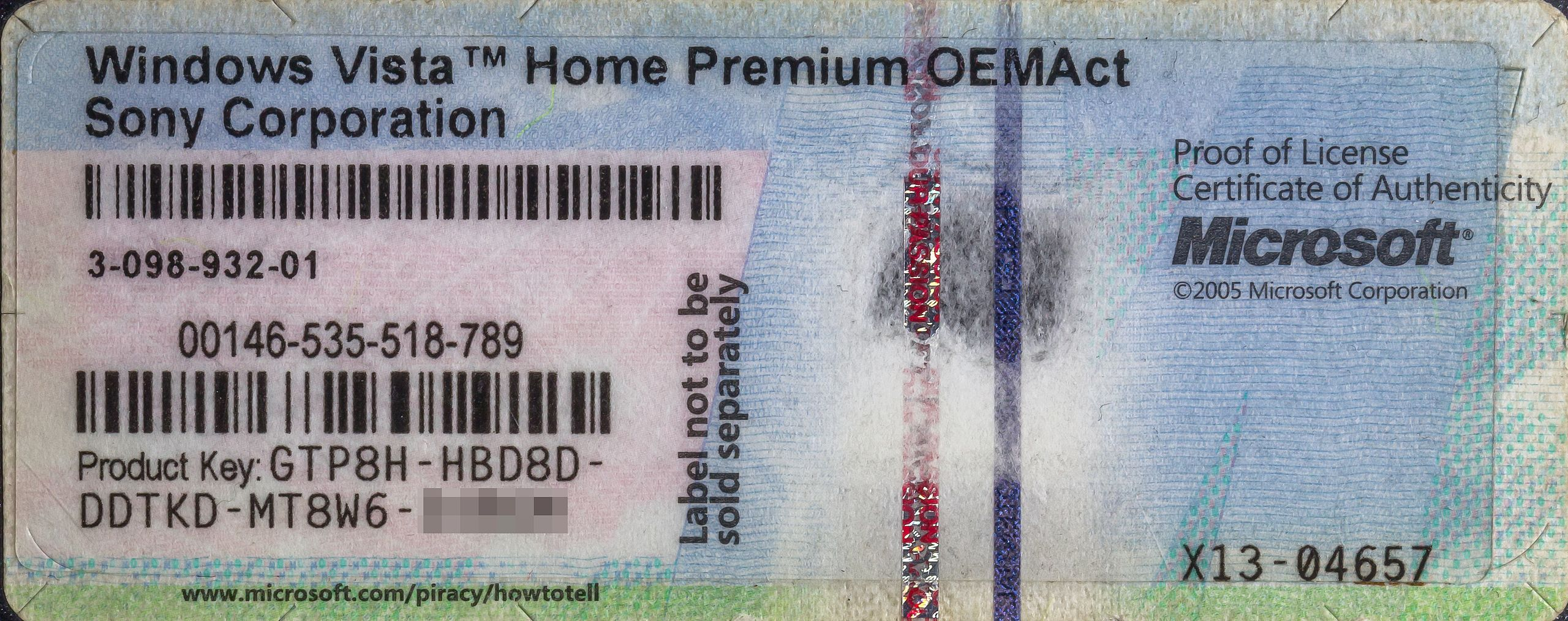Notes from Tallinn NFT
Last week, I attended NFT Tallinn to seek last-minute expert opinions before minting Legendary Badgers. Here are some of my takeaways.
The NFT wave is different
It was a fantastic party, although I didn’t see a lot of business — a pretty interesting experience. My main observation was the stark contrast between the NFT crowd and previous cryptocurrency waves. Many attendees were not primarily interested in the financial or anti-establishment aspects of crypto. These included visual artists, musicians, fashion designers, game developers, and yes, many women! It was a refreshing change to see at least 40% female participation, compared to the usual one woman for every ten men or less at such events.
In previous waves: altcoins, ICOs, DeFi — each project introduced a new blockchain. I have always been skeptical about this. Why the need for a new blockchain? Why not use Bitcoin or Ethereum? The reason was clear: everyone wanted to get rich by launching a new cryptocurrency with a pre-mined stash in the pocket. Consequently, we saw a deluge of something-on-the-blockchain ideas. Seriously, there was even a project aiming to put dentistry on the blockchain.
However, with the advent of NFTs, some of these ideas have resurfaced and don’t seem that bad anymore, like tracking real estate ownership. The focus has shifted from decentralization or censorship resistance to having an open protocol that everyone agrees on. Ethereum serves as one such protocol, and no questionable pre-mine is needed.
Because what is an NFT? It’s merely a digital certificate of something: a membership, game item, real estate ownership, a license. Remember a product key on the back of the Windows box?

That was an NFT. An easy example that explains well why you might want to pay “for a bunch of digits.”
I also attended some legal talks, and the good news is that the new EU regulations (MICA) do not affect NFTs. Some big collections with signs of fungibility can be affected, but in general, NFTs are not regulated assets. I’m surprised myself. Here is a slide from a presentation by a guy from Ernst & Young:
Are you covered by MiCA?
i. Crypto-assets covered by existing financial services legistlation — e.g. Security Tokens under MiFIDII
ii. NFTs — However, the fractional parts of a unique and non-fungible crypto-asset should not be considered unique and non-fungible. The issuance of crypto-assets as non-fungible tokens in a large series or collection should be considered an indicator of their fungibility
iii. DeFi and DAOs — only as long as the services are fully decentralized
And look — it seems like truly decentralized DeFi is also safe. It’s time for honesty — how decentralized are you?
One surprising observation was the complete absence of Ordinals — the NFTs on the Bitcoin blockchain. The reason could be that they gained popularity after the event was planned. However, it was interesting to note how the Bitcoin community remains separated.